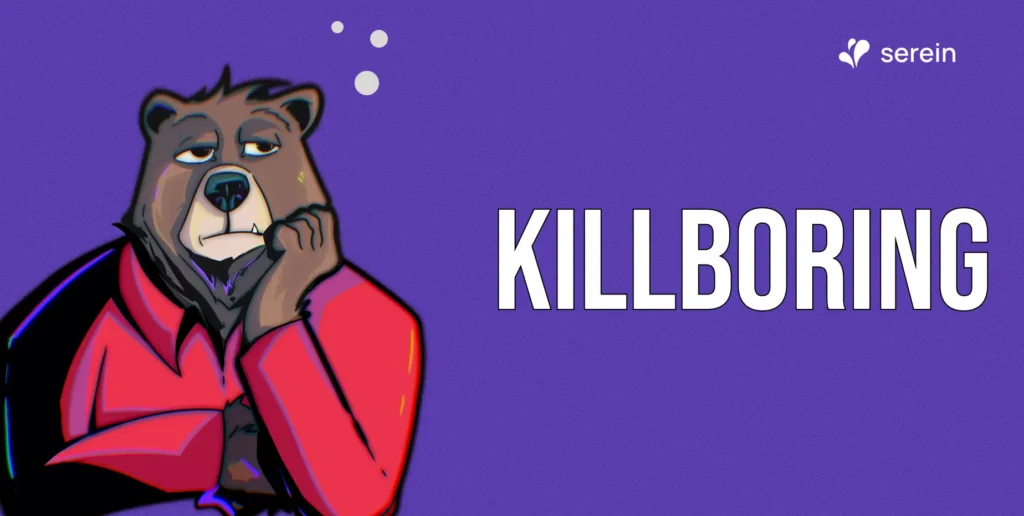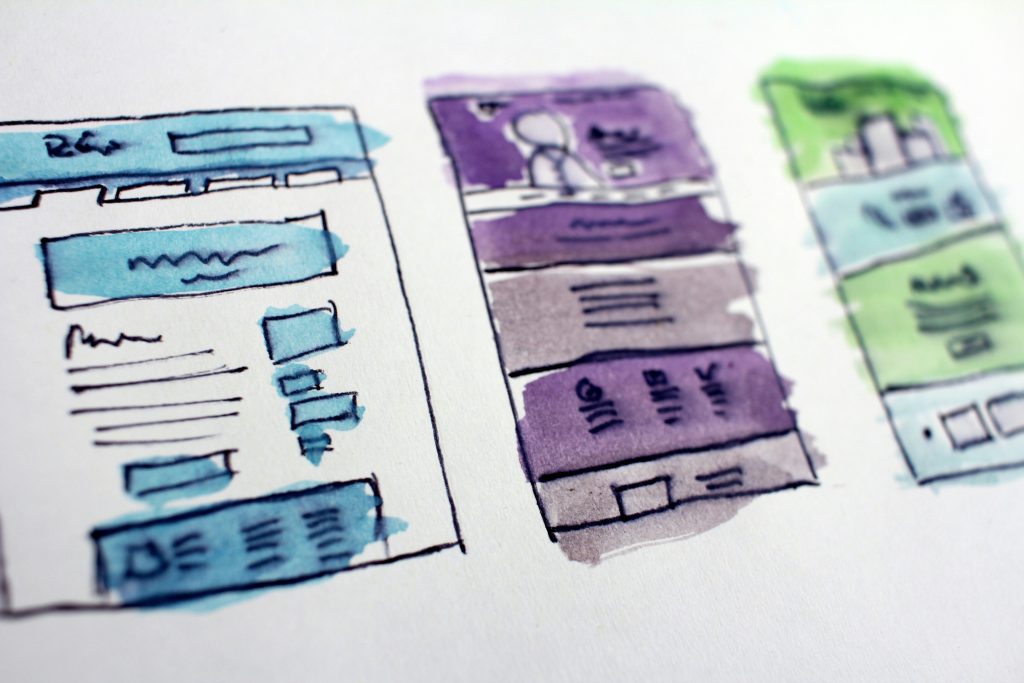The essence of bias
Biases are innate to human behaviour. Even when an individual is being absolutely objective the essence of bias is not absent. Biases cannot be negated. But they certainly can be dealt with through conscious and consistent interventions.
A certain bias that is reflected in society is that towards a community deprived for access to opportunities and support. Take your pick even amidst the most mature of our societies. One can find the presence of distress in communities based on class, caste, gender, or ability. It is important the gap is highlighted and acknowledged to initiate repair.
It is an interesting time to be alive. Witnessing technology playing a pivotal role of an enabler to power access for an egalitarian take on opportunity. Yet the spirit of human intervention can’t be ignored to instigate the conversations and practices of Inclusion. The work done across societies, corporations and even to some extent the states has been phenomenal. This is with regard to acknowledging the gap and advocating inclusion.
Coming a long way
From having more women in leadership positions, equal opportunities for Persons with Disabilities, support for Me Too, Black Lives Matter. Movements have only been a source of inspiration to mark the testimony for a society moving towards greater inclusion. But to claim victory would be a bit far-fetched. An inclusive world would always be a pursuit than a destination and we certainly have a long way further.
Practising empathy and exercising a feedback loop have been quintessential approaches towards effective outcomes. Our inferences are more significant than our work. But still let me just provide a brief on our work to make the conversations more contextual. Our company designs and distributes assistive devices around navigation and learning needs for PwDs.
Designing for inclusivity
From inception to date, our pursuit of inclusive assistance has found multiple instances of bias. We had to iterate our product 12 times before our launch. The eventual ones were more to boost effectiveness. The initial ones were all plagued with biases around the actual needs of visually impaired people seeking assistance. Truth be told, we found it redundant to understand the needs of Persons with Disabilities as they felt so apparent. But our myths got busted when we offered our first prototype for user testing.
We found that most of the visually impaired people encounter blindness after the age of 35. This is majorly due to absence of care around cataract and other ophthalmic concerns. The product needed the essence of simplicity in operation and affordability. Now, the blind people use a fairly simplistic and affordable device for navigation called the white cane then why one needs to innovate around a fairly effective solution.
Coming up with solutions
The problem as always lied in nuance, although a white cane offers a great guide for knee and below obstacles but left the blind person stranded when they needed to detect hanging obstacles like tree branches, a hanging sign board or an open window. To facilitate a smooth transition, the new device had to borrow the simplicity and effectiveness of a white cane but at the same time integrate tech to capture knee and above obstacles while keeping the product affordable.
In our endeavours of building a product for an inclusive world, we realized that it is our innate biases that we need to dispense, to understand the true needs of PwDs and then solve for that. What I am trying to highlight is the fact that our prejudices impact our thinking in very subtle ways therefore the arbitrations with biases have to be conscious and consistent.
In conclusion
What we need to understand is although the mindset for inclusion can have resemblances across different societies or corporations, the approach has to be customised on a case to case basis. There is a lot of contexts that have to be factored in while designing inclusive solutions may it be in the form of practising D&I from a resource onboarding perspective or designing products for the differently-abled community.
There have been pioneers in the corporate ecosystem who have led the path for inclusion by example – Accenture, Shell, Tata Group, IBM, EY but the learnings, adaptability and experiences of each organization in their pursuit to inclusion would be different.
Crucial elements
Again, the element of practising empathy and support become quintessential steps towards inclusion while the policies and practices can find overlap from one organization to another, but the mechanics of implementation will require consistent tweaking based on the feedback loop.
Towards the end, I would like to leave you with these great lines by Muhammad Ali “It’s the repetition of affirmations that leads to belief. And once that belief becomes a deep conviction, things begin to happen.”
Reach out to us at hello@serein.inc to build workplaces that are empathetic and inclusive to everyone.
About the Author
Mohit is an inclusion activist and works for an idea to provide effective yet affordable assistive devices for persons with disabilities. One can reach out to him at camohitchelani@gmail.com.


